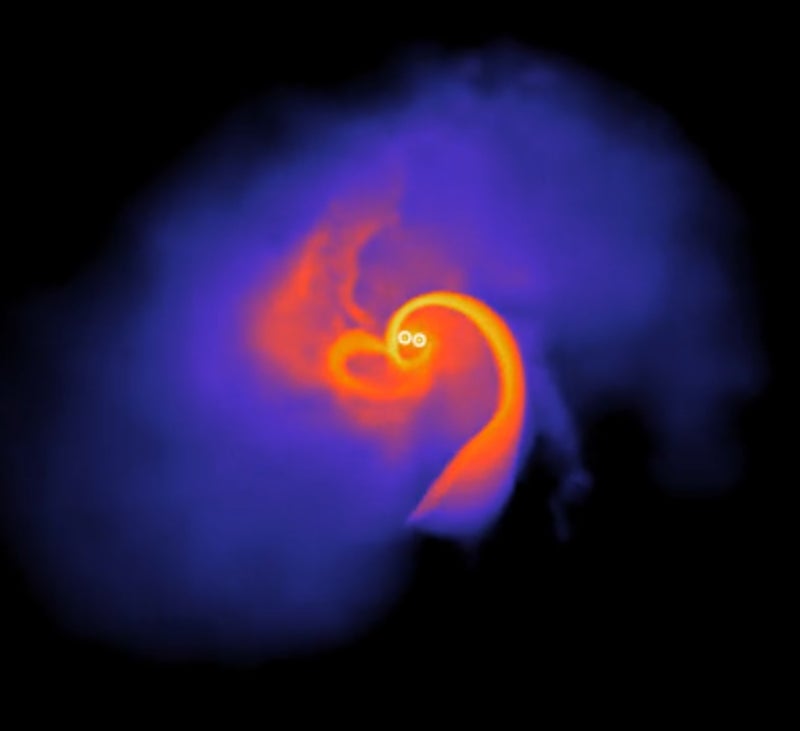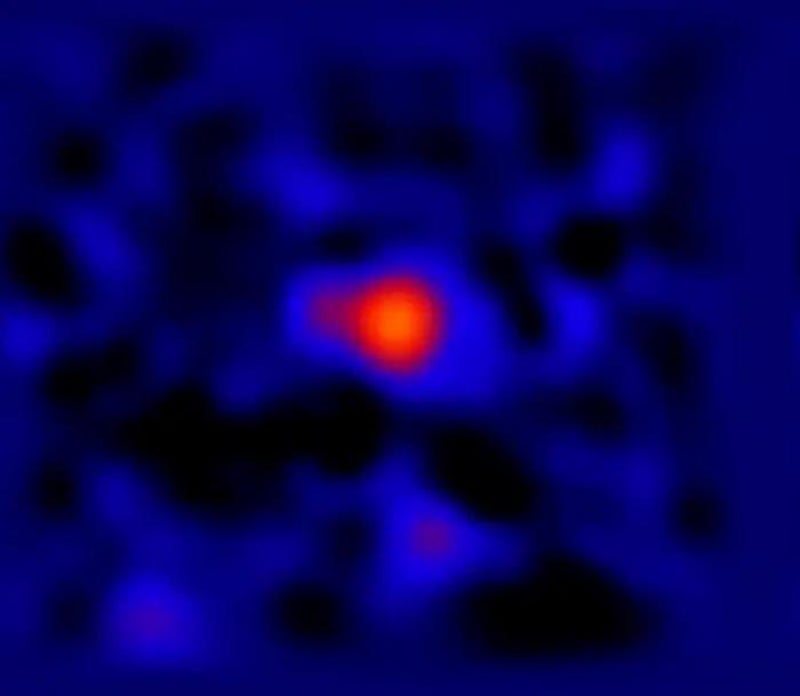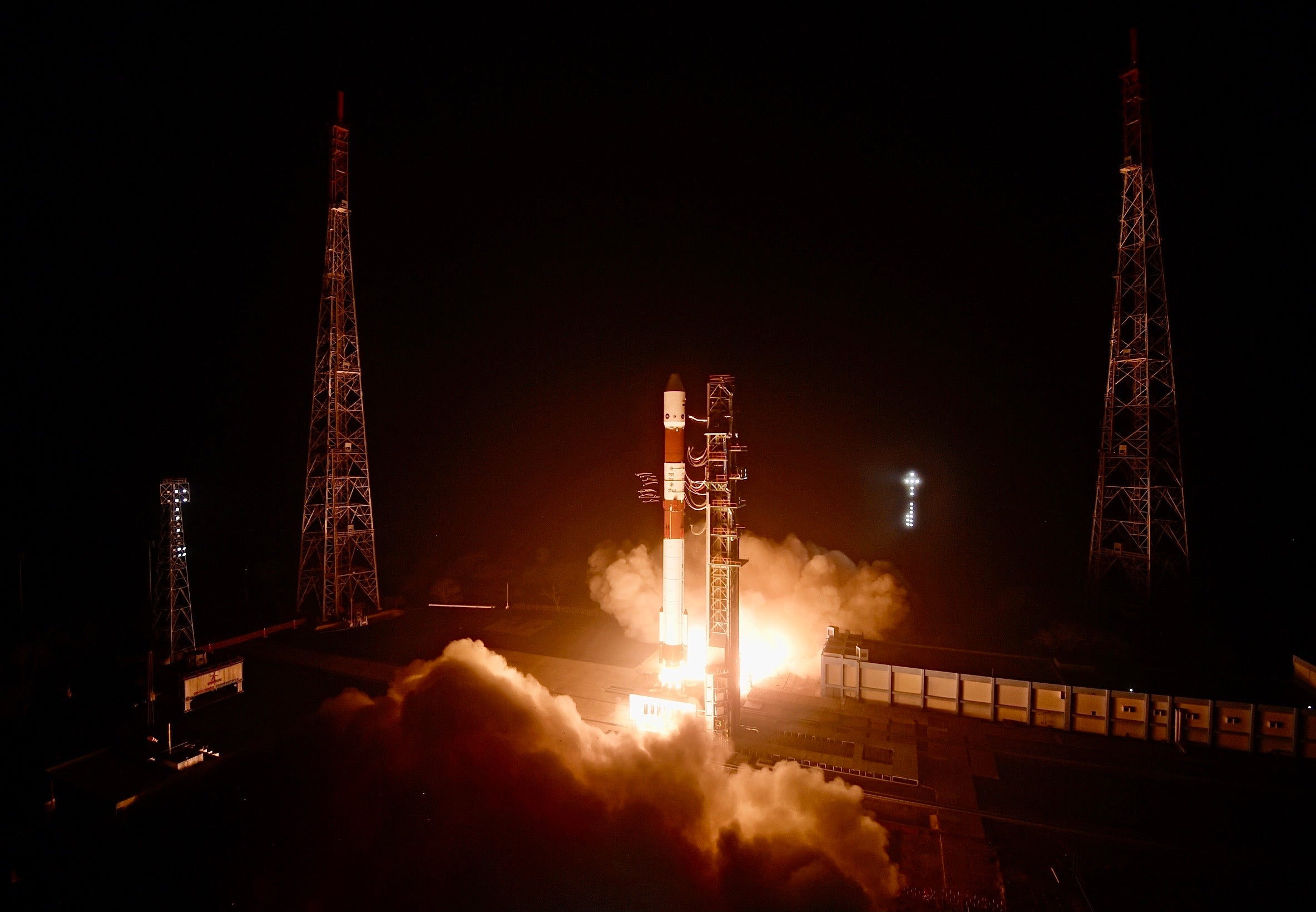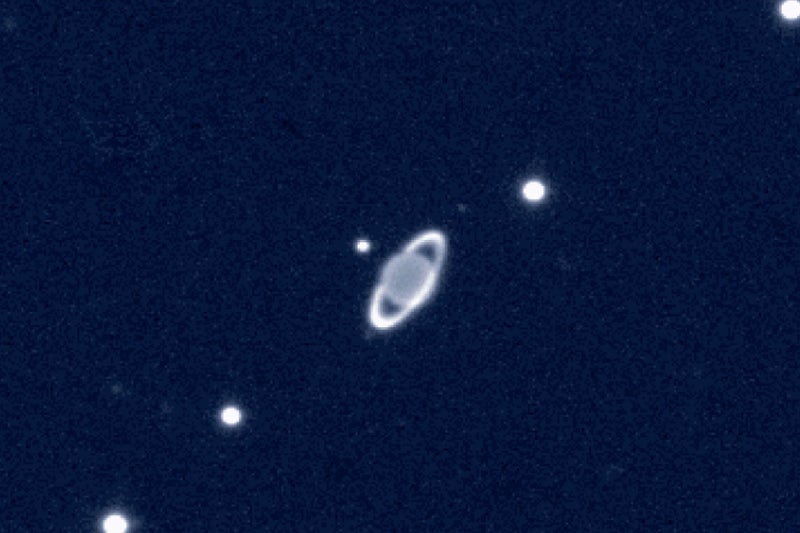Binary black holes move in tandem before merging, scientists have found. Binary black holes, systems consisting of two black holes in close orbit around each other, synchronize their spins before they merge together, according to new research. The moment creates a beautiful sight in simulations of how space works. While it was commonly believed that the binary black holes formed in star clusters always have had random spins, scientists say that stellar collisions cause them to align their spins.
![[Binary black holes are a system of black holes that orbit each other. A black hole is an astronomical object with a gravitational pull so strong that not even light can escape it.]](https://static.independent.co.uk/2025/02/14/17/22/6c50d9e9-82cf-422c-b5b6-41999c02c486.jpeg)
Over time, Kıroğlu said that the process leads to black hole mergers with a “slight but consistent alignment of their spins.”. That’s something that had been seen in invisible ripples emanating from merging binary black holes detected by NASA’s LIGO/Virgo mission, but had not been fully understood until now. New simulations show how the collisions influence the spins of black holes, ripping up the stars before eating the stellar debris and becoming more massive.

















